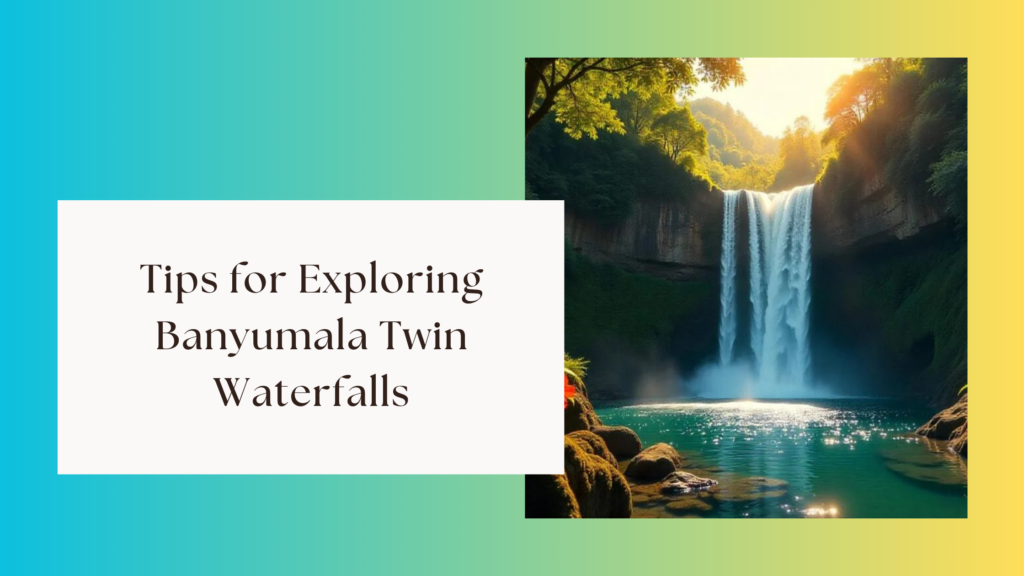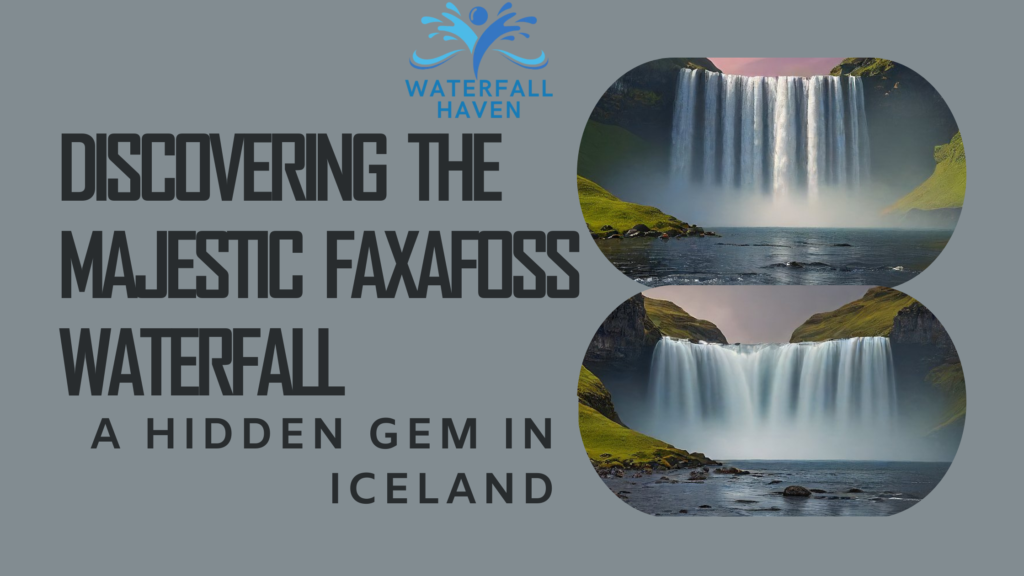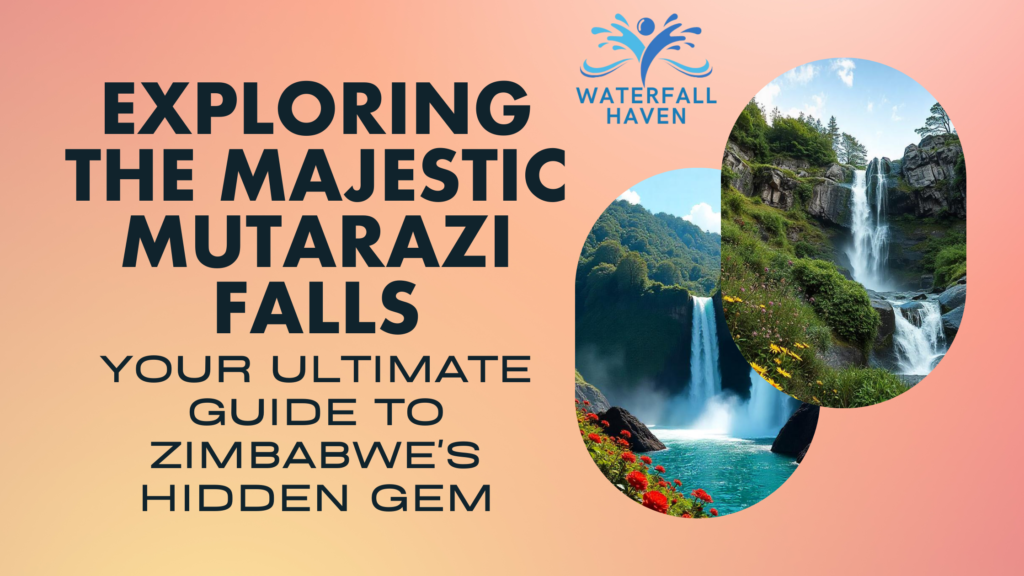Table of Contents
Introduction: The Allure of Sutherland Falls
Sutherland Falls is located in Fiordland National Park, amidst nature’s unparalleled beauty. Lying one of New Zealand’s naturally most stunning revelations, this cascade is one of the tallest waterfalls in the world from a distance of 580 meters. Ethereal charm attracts global travelers because it captures the heart and inspires the soul with this spectacular sight.
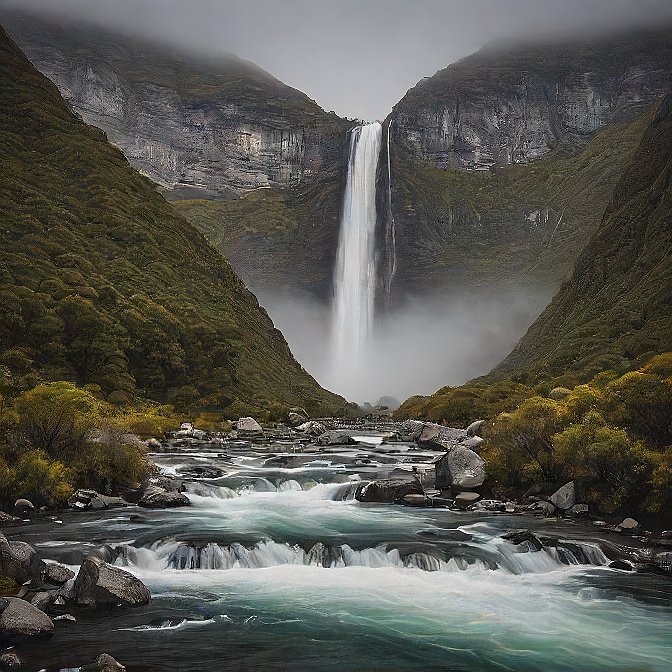
This is the roar of the water, mist dancing in the air, and all this vibrant green makes for an unforgettable experience. In this article, we are taking exposure to how accessible it is, the adventures waiting to be had, and the rich culture cloaking over this iconic destination as we travel to Sutherland Falls.
Journey to Sutherland Falls: Getting There
Best Routes to Sutherland Falls
Reaching Sutherland Falls is an adventure in itself. The common route is through the celebrated Milford Track multi-day hike offering breathtaking views of the landscape. The track covers about 53.5 km and takes you through lush rainforests, pristine lakes, and finally before the majestic Sutherland Falls.
The trek only requires four days to complete. Every part of the trek has its unique scenery such as alpine meadows and towering mountains covered with flora. The natural soundscape, from birdsong and rustling of leaves, can be the calming background sounds while on the trail. At times, you’ll be crossing suspension bridges and passing by glacial rivers while keeping watch for distant views of the gorgeous waterfall.
To make it even more thrilling, there are helicopter tours for those who do not have enough time to appreciate the grandeur of this natural wonder. These aerial tours are thrilling rides as they take bird’s-eye views of the falls and the surrounding landscapes, an experience that should never be forgotten in one’s lifetime. Scenic photos taken from up high reveal the size of Sutherland Falls, the plunge point, and the rugged terrain in the Fiordland area. Seeing it from the air is an out-of-this-world experience that allows one to gain more appreciation of the grandeur of the waterfall as well as the wild beauty of this region.
Essential Tips for Travelers
When planning your tour to Sutherland Falls, you surely need to prepare well for the expedition. The best time to visit Sutherland Falls is during the warmer months of October to April when the weather is relatively mild and you will have access to most of the trails. They have longer days and are more scenic for the flowers will be blooming while the foliage begins to thicken to green.
Carry many clothes due to weather changes; good shoes for the hikes; and a raincoat good enough to protect you from the wetness of the waterfalls. You would want all the gear in place to get through Fiordland comfortably as the weather can change suddenly. Good camera equipment will be in order, and there is nothing quite like taking pictures of the magnificence of Sutherland Falls. Whether it is the sound of falling waters on the rocks or the rainbows formed by the mist, every moment is worth taking back.
Don’t forget to carry enough water and snacks during your hike as the facilities along the trails are fewer. Hydration and energy will certainly enable you to enjoy this journey to its fullest.
Experiencing the Beauty: What to Expect at Sutherland Falls
The Stunning Views
The more you walk the path to Sutherland Falls, the more it sounds loud, where every step is a cacophony of deafening waterfalls. Catching your first glimpse at the falls is nothing short of breathtaking. Water plunges from nearly 600 meters above creating mist that catches sunlight and shivers in air as shimmering rainbows. It’s both humbling and exhilarating – reminding one of the raw power of nature.
The landscape around it is also very majestic. Great mountains covered with green foliage surround the area, while clear waters in other lakes within the area reflect its beauty. There are also platforms at some points of the trail with differing viewing angles, allowing different vantage points through which one can appreciate the falls. Each view provides another opportunity to photograph the magnificent sight of the falls, either as a close-up of the cascading water or as a wide-angle shot of the entire view.
Activities and Adventures
Of course, the big draw is the falls themselves, but this would surely have its fill of adventures near Sutherland Falls. This immersion into the outstanding beauty of Fiordland comes in the form of the Milford Track that leads directly to the falls. On the way, one would meet rich flora and fauna, birdbathing in colorful sites, and at every step, picturesque landscapes. Every step would reveal something new; vibrant colors of wildflowers or intricate patterns formed by moss on trees.
Perhaps to photographers, the best light for photography and capturing the whole falls and scenery is during sunrise and sunset, when the golden hour makes its appearance. It generates a soft glow that works like magic with the rushing water. You can also consider guided tours that help to augment your experience with local insights and knowledge about the area. Informed tour guides may even describe the history, ecology, and cultural importance of the region, adding richness to your experience with this sight.
Willing explorers could also look forward to other great attractions, such as Milford Sound spectacular destination known for its dramatic fjords and abundant wildlife. Paddle through the sound by kayak for a different view of the towering cliffs and waterfalls of the shoreline.
Nature’s Symphony: The Flora and Fauna Around Sutherland Falls
The surroundings of Sutherland Falls are a tapestry of life. It is an ecosystem that flows into ancient forests, alpine plants, and diverse wildlife. It sprawls over 1.2 million hectares to give off myriad facets of natural beauty and opportunities for exploration.
During a visit to this place, you may get the opportunity to view the native birds such as Kiwi, Kea, and Takahe. Kea is particularly renowned for its playful nature and, hence, is often seen with hikers. The bright green feathers and striking orange underwings of the Kea definitely explain why many bird lovers admire it with respect.
The park rich in plant life hosts towering Rimu and Kahikatea trees thriving well with its moist, temperate climate. Ferns and mosses from the understory give a lush green carpet to explore. Wildflowers splash colorful shades on the landscape with Wildflowers in spring and summer months.
Wildlife Spotting Opportunities
Best time for wild viewing is generally in the early morning or late afternoon when the animals are most active. Watch out for the playful Kea parrot-the national parrot of New Zealand-which is known to be curious and bright. As you trek, you might also spot some of the indigenous birds such as the New Zealand Falcon occasionally soaring overhead.
The fresh water lakes and rivers of the region enable the scenery to be seen for various fish species and other kinds of aquatic life. See the native Galaxias fish species live in the cold streams, and listen to various sounds of frogs which are usually heard while close to the rivers. The rich wildlife coupled with fine landscapes create a mystical atmosphere that enhances the attraction of Sutherland Falls.
Check Out: Discovering Purakaunui Falls: New Zealand’s Hidden Gem.
Sutherland Falls: A Cultural and Historical Perspective
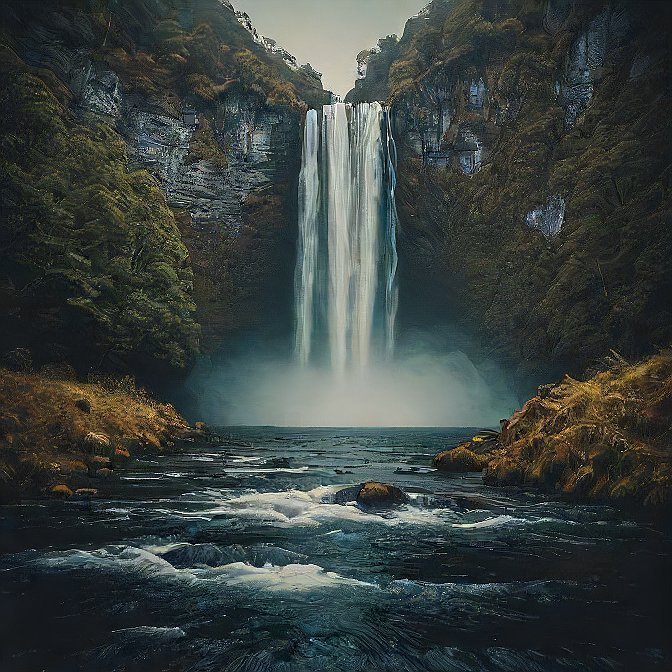
Māori Legends and Stories
Cultural significance is embedded very deep in Māori lore, steeped with legends about the spiritual relationship of the Māori people to the lands. The falls have a tradition attributed as the tears of a lady weeping over her lost lover; this makes for a wonderful tale that adds depth to the beauty of the waterfall. The story says so much about the relationship the Māori share with the natural world, a relationship that characterizes how they understand landscapes as having history and a sort of individuality.
The stories are part and parcel of the regional cultural heritage as well as reflective of the deep respect they hold for nature. Visiting to see Sutherland Falls gives one a chance to connect with such cultural narratives, and to better appreciate a sense of landscape significance. Knowing the Māori context adds a further layer of appreciation for the falls’ beauty and might, opening up an aspect so they remain inside a larger story.
Historical Exploration
Sutherland Falls has been traced in the exploration of Fiordland by early European explorers. The falls were named after a Scottish estate in the 1880s; however, its natural beauty was appreciated much earlier. Early settlers appreciated the falls as a hidden treasure, and news of its grandeur became well known among adventurers and lovers of nature.
The Milford Track, being one of the scenic walking tracks of the late nineteenth century, set a precedent for tourism in that area. Today Sutherland Falls rates as one of the most famous attractions in Fiordland and to walkers and nature lovers it remains a treasure, representing New Zealand’s wilderness.
Conclusion: Experience the Magic of Sutherland Falls
Sutherland Falls is way more than just a waterfall; it is a symbol of the natural beauty of New Zealand and its cultural heritage. Whether you approach through some of the stunning trails or with the kind of adrenaline-pumping helicopter ride that takes you to this waterfall, your experience of witnessing Sutherland Falls is simply magical.
FAQs About Sutherland Falls
How tall is Sutherland Falls?
Towering to a height of 580 meters the Sutherland Fall ranks amongst the highest waterfalls in the whole world. Together with the fall and the associated landform, they generate impressive views that can amaze a visitor.
What is the best time of year to visit?
Sutherland Falls can be visited throughout the year but the ideal season is during the warmer months between October- April to allow trailing. However, it is impossible to forget the view of the waterfall itself and winter – it is surprisingly calm and quiet.
Are there guided tours available?
Of course, there are many guided trips to see Sutherland Falls, for example, when hiking the Milford Track or taking a helicopter ride to take shots of the waterfall. The local guides will definitely come up with productive information concerning the historical background and environmental aspects of the region.


